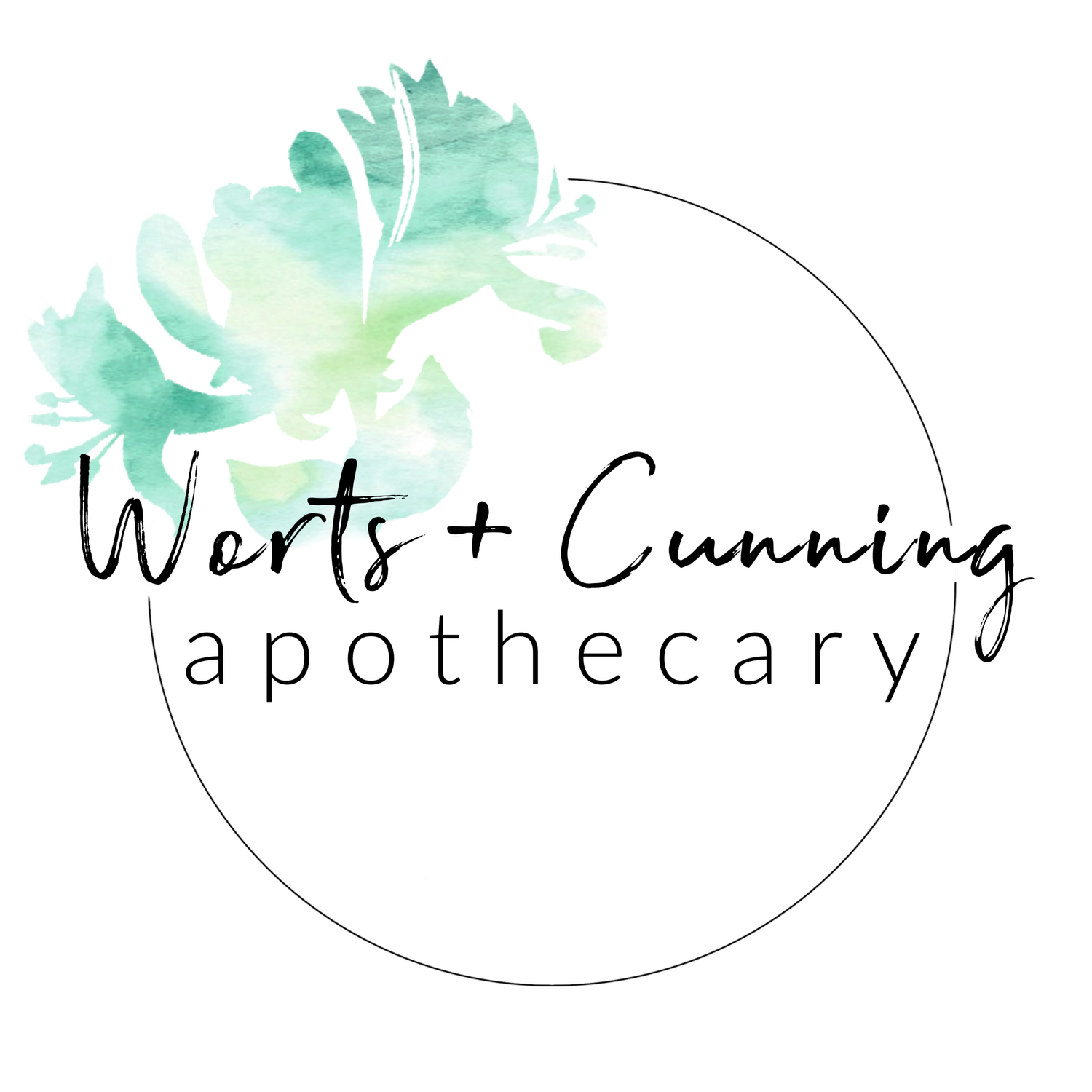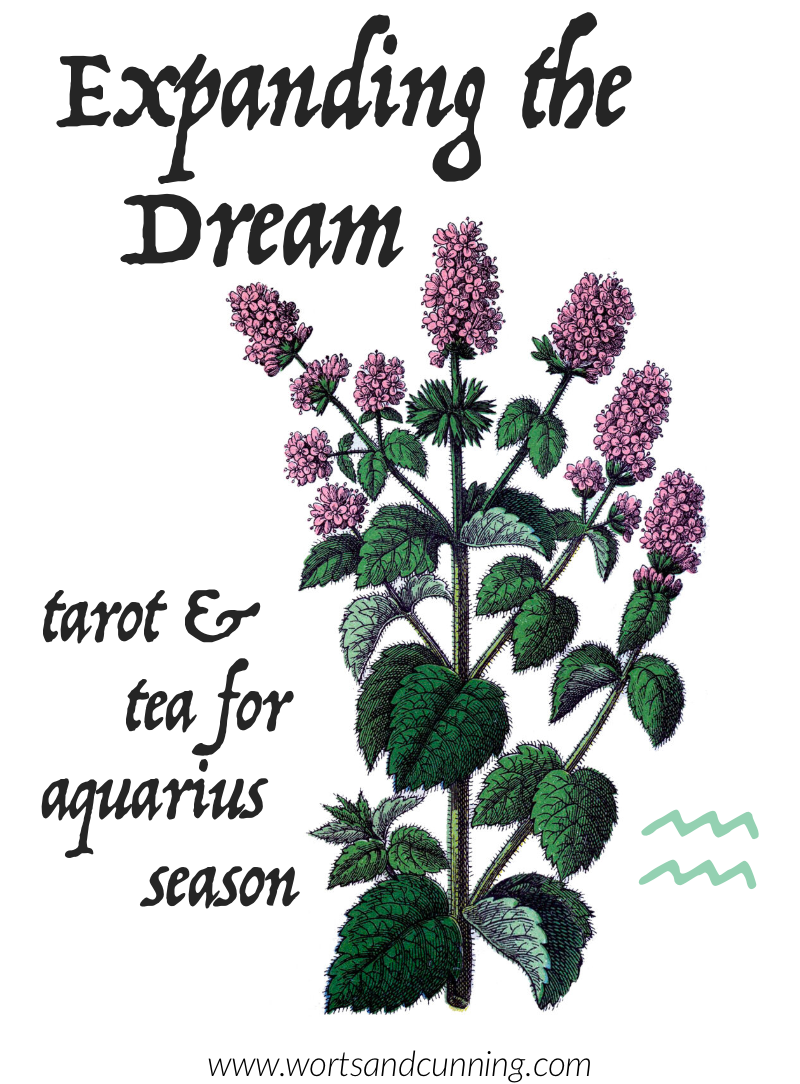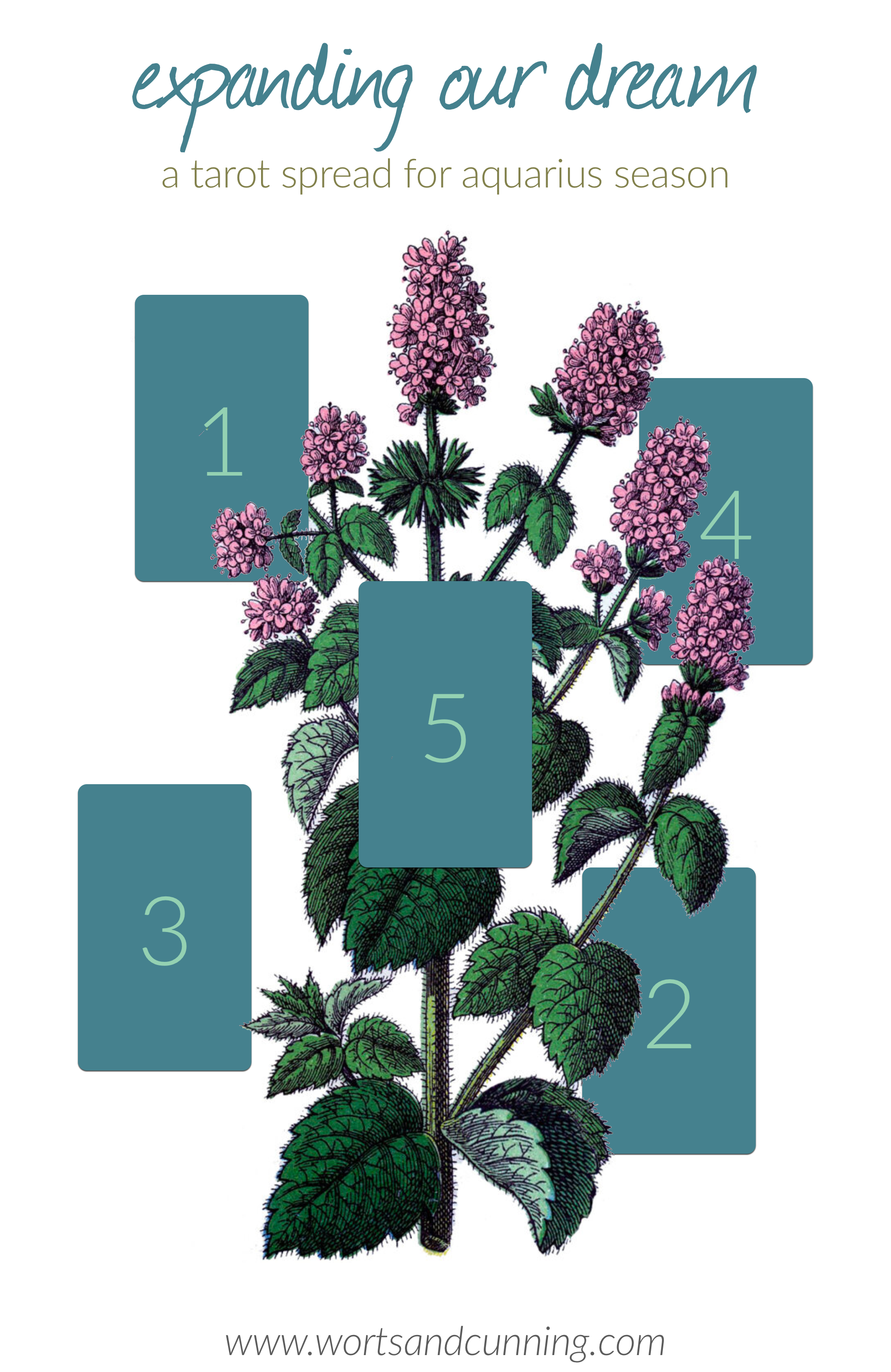Daily Weekly Monthly: Developing a Rhythm of Herbal Practice
One of the reasons that I've written so much about the ways that we measure and observe time, from seasonal to astrological practices, is that there is so much to learn about ourselves, our world, and our interconnectedness through how we experience time and space. Within herbal practice, and especially earth-centered herbal practice which seeks to work in partnership with the land, sea, and sky as opposed to the hyper-commodification of plants as abstract cure-alls, beyond trying to connect people with specific plants there is a lot of attention is given to how one is experiencing time. It's not unusual to be asked questions about the length of time you've felt unwell, how much time you spend sleeping, time you spend working, times when you feel anxious, times when you feel well, and so on when in an herbal consultation. Many herbalists want to know not just about the quality of the symptoms and discomforts that have brought you into their consultation room, but the quality of time as you experience it.
Asking about time helps us to make recommendations of care beyond herbal remedies, including spending more time resting, less time scrolling on screens, seeking quality time with a mental health practitioner, and more. In my experience, most folks just want to decrease the amount of time they are suffering and increase the amount of time they feel well. So, we talk about time and the practices that a client might incorporate into their life that helps them feel more empowered by time and less overrun by it.
One of the ways that I work with clients and students in developing a conscious connection with time in their herbal practice is considering when and how to use different types of herbal remedies. Much of this is just part of the foundational training of an herbalist: some herbs are more appropriate to take a very specific times for very specific time periods (such as immunostimulants and antiviral plants at higher dosages for shorter periods of time for acute infection) while other plants, like culinary herbs and spices, can be used more often. Additionally, considering time in your herbal practice is one of the ways that we begin to understand and apply preventative care in our lives which can go a long way in lessening and preventing illness and suffering while increasing a sense of wellbeing.
How do you think about time in your healing practice? In U.S. English, a common phrases used to talk about time include "time well spent" or "spending time.” While "spending time" is not a good or bad phrase, it can be interesting to experiment with other ways of talking about time. Instead of time well spent, which can feel like we are always meant to be productive with our time and time is simply another form of currency, I invite you to think about experiencing time as well worn, time well experienced, time shared, and time well loved. How do those phrases feel to you in comparison to thinking about time in the context of "spending" it? What are ways of envisioning and talking about time that feel empowering or oppressive? It can be an interesting practice to come up with different ways of considering time and creating conversations about time not only in the consult room but in our personal practices as well.
In addition to thinking about time in your life, there is the practical ways that we incorporate different herbs at different times. Below you'll find some of my simple recommendations for how you might work with herbs on a daily, weekly, and monthly basis. These are simple guidelines that focus on general health and preventative care and look a lot different to an herbal routine for acute conditions. These guidelines are only one approach to herbal practice and are meant to help you think about the rhythm of your herbal practice rather than be prescriptive rules to follow. As always, work with your health care practitioners to determine the most supportive course for your unique health needs.
Daily
For daily herbalism, I tend to focus on two categories of herbs: nutritives and nervines. The types of nutritive and nervine herbs that I like to use in daily practice are ones that are not only considered generally safe, but are best used over a long period of time. Nutritives are herbs which have a strong nourishing quality, often containing high levels of vitamins and minerals. Examples of nutritive herbs are Nettles (Urtica dioica), Milky Oat (Avena sativa), Alfalfa (Medicago farfara), Turmeric (Curcuma longa), and Chickweed (Stellaria media). Many kitchen herbs (i.e. spices and herbs used for flavoring meals) are nutritive in value, too, and can be enjoyed on a daily basis.
Nervines have a beneficial effect on the nervous system. While most nervines are relaxing, some are more sedating, others are stimulating, and some are considered balancing (i.e. nervous system tonics). I tend to recommend relaxing nervines and nervous system tonics though plenty of folks already include stimulating tonics (i.e. Coffee arabica and Camellia sinensis) in their daily routine. Examples of relaxing nervines and tonics include Milky Oat (Avena sativa), Lemon Balm (Melissa officinalis), Skullcap (Scutellaria lateriflora), Peppermint (Mentha piperita), Chamomile (Matricaria recutita), Lavender (Lavandula spp.), and Passionflower (Passiflora incarnata).
For many of my clients, one or two of these types of herbs will be included in my recommendations for them as having a daily herbal practice that is nourishing and nutritive is an important part of the healing process. Many of these herbs are also ones that students of traditional and modern western herbalism are introduced to early in their studies because they are such a foundational part of our practice.
I also pay attention to the ways I can incorporate seasonal herbs into my own and my clients’ daily practices. Chickweed, for example, shows up in the garden every spring and that's when I use it fresh in my daily tea as it's not a plant that stores well once dried (though it makes a lovely herbal vinegar if you’re looking to extend its healing qualities). Working with seasonal herbs is an invitation to observe and connect more deeply with the land and our plant allies.
Finally, one of ways that I feel-think about a daily herbal practice is that these remedies are the breath of my practice - a steady breath that allows me to meet myself, my community, and whatever the day may bring.
Weekly
With our daily practice established, what might a once-a-week herbal rhythm look like? Topical treatments like herbal masks and oils, steams, shower rinses, and baths are some of my favorite once or twice a week practices. Here is where we work with herbs a little more slowly than with teas or tinctures, and can experience more immersive sensations in our herbal practice.
I love herbal baths of all varieties and practicing self-massage with herbal oils is a simple and restorative way to not only support our nervous system, but nourish our largest organ - our skin. You can make these weekly rituals as simple or complex as you like (Make an altar! Light those candles! Write that time-sensitive email while your face is covered in Moon-blessed herbal powder and clay!), but think of the ways you can make space to slow down and be in your practice amidst the busyness of daily life. Some of my favorite herbs for bath and body are Rose (Rosa spp.), Lavender (Lavandula spp.), and Calendula (Calendula officinalis).
Once or twice a week can also be a beautiful time to bless your space with herbal incense or washes. One of my favorite herbs for burning is my local Mugwort (Artemisia spp.) variety.
For me, a weekly herbal practice motion and movement to the breath of daily practice. What am I moving into? What am I moving away from? What is moving within and around me?
Monthly
For monthly practices I focus on spiritual rituals and hormonal support. Herbs used in a monthly practice might be, but are not always, ones that have a more intense effect on our bodies and would not be appropriate for everyday use. If you are feeling like your herbal studies or practice is very much in your head space and you want to draw your practice down into your body, connecting with the plants on a less academic and more somatic level, I recommend creating a monthly practice as a path of connection.
As someone who loves a lunar practice, I try to make space each month for simple herbal rituals tied to certain lunar phases or returns. This might be a lunar bath, ritual, or gentle cleansing rite, but it is a time to step between the worlds and connect with the spirits of land, the deep needs of the dreaming body, ancestral lineages, and my own magickal practice. Sabbats and other special celebrations fall under this monthly category for me, too. What your monthly practice looks like will be entirely up to you, your spiritual needs, your cultural traditions, and so on, and if you don't have a practice like this already I hope you have fun discovering your very own version.
In addition to a monthly spiritual practice, hormonal support might also be something you consider, especially if you menstruate or experience a monthly hormonal cycle. What these hormone regulating herbs look like will be different for each person, but in general, I love working with Red Clover (Trifolium pratense) and Crampbark (Viburnum opulus).
The monthly herbal practice is where we allow ourselves to be held by energies beyond our own effort, brought there by the movement and breath of our weekly and daily practice.
᠅
This post is part of a series exploring some of the broad themes of herbal practice in the consultation room that started with Night Allies: Herbs for Sleeping and Dreaming. If you're looking for more seasonal guides to help you develop the rhythm of your herbal practice you can find them over here and you can also check out my series on the seasons of the zodiac, too, another interesting and mythic way of observing time.
I hope you're feeling inspired to explore what your herbal practice looks like through days, weeks, and months, and that you find the unique rhythm of your own healing path.
This post was made possible through patron support.
❤︎ Thanks, friends. ❤︎
✨
Cards Shown
Moon Baby Tarot (2nd Edition) by Brant Palazzo
Dirt Gems Oracle by Anne Louise Burdett & Chelsea Granger
Smith-Waite Centennial Tarot Deck in a Tin

















